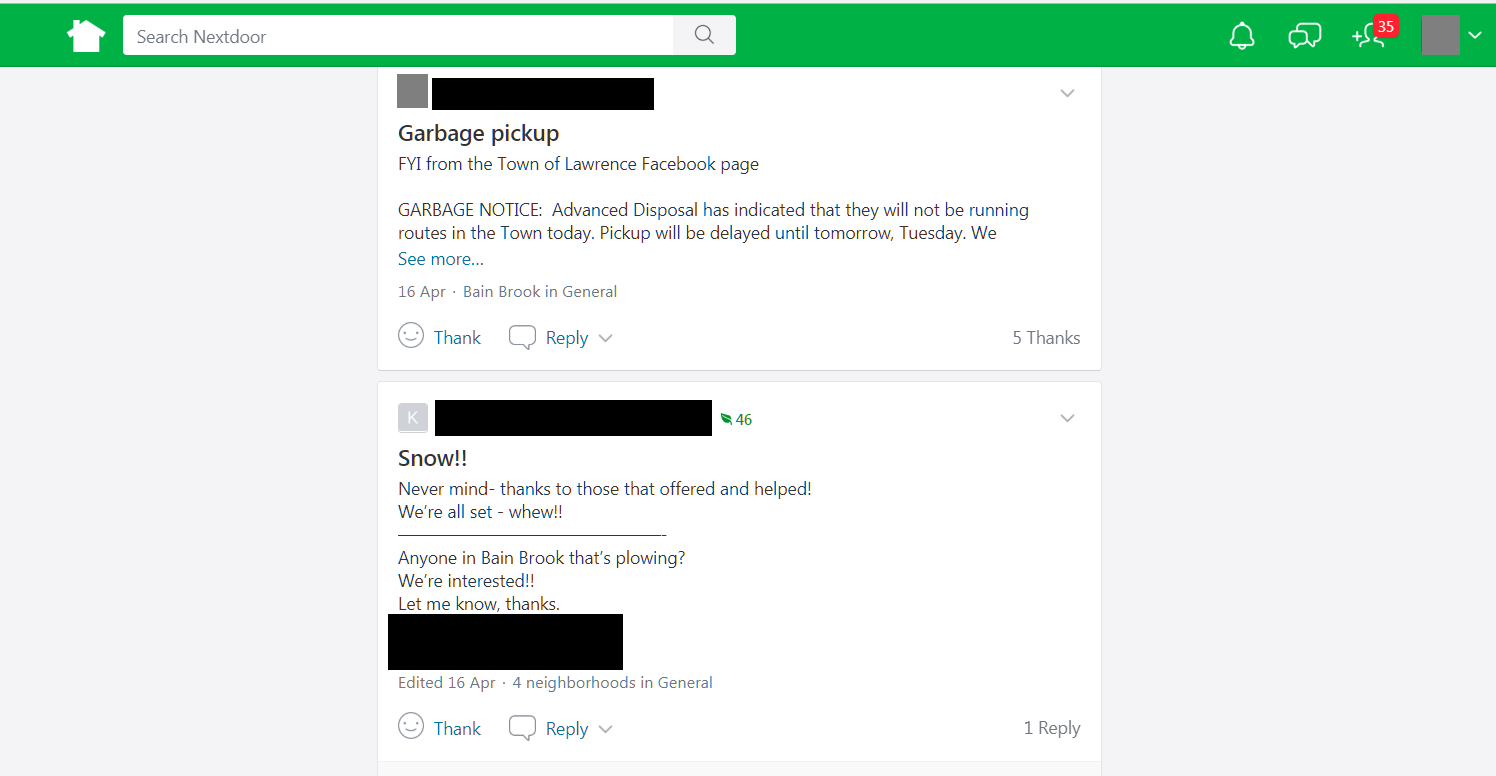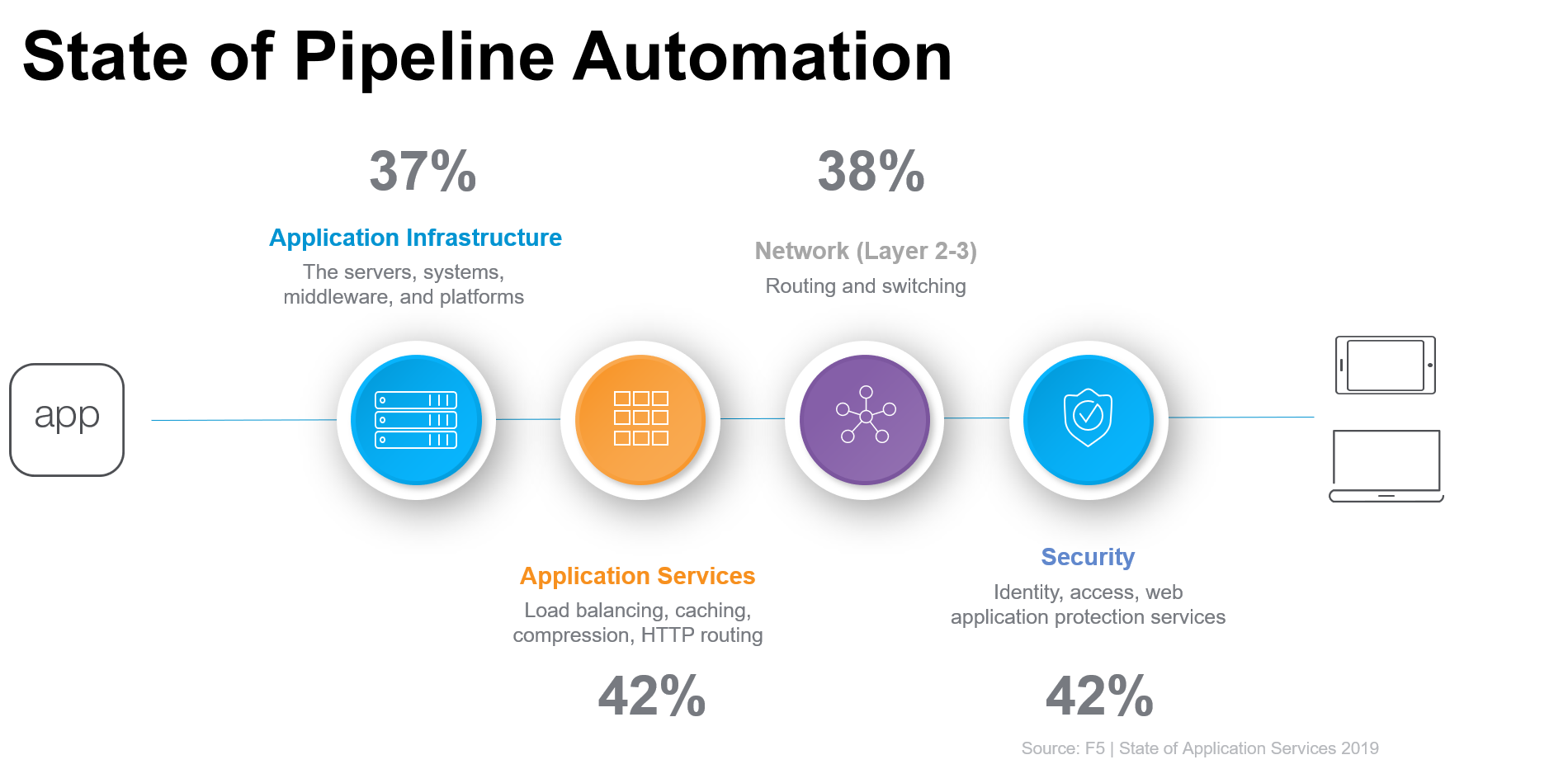クラウドはデータセンターの混乱を終わらせない
クラウドはデジタル変革の第一波でした。
ああ、私たちはそれをそう呼んでいませんでした。 なぜなら、私たちは何を始めようとしているのか知らなかったからです。 しかし、それは事実であり、データセンターの混乱はまだ終わっていません。
デジタル変革としてのクラウド
デジタル変革は、多くの場合、2 つのグループに分けられます。 1 つ目は、「ペーパーレス化」という概念に焦点を当てています。 このコンセプトは、テクノロジーの活用を通じてデジタル的に生産性を向上させたいという願望を直接的に表しています。 モバイルアプリ。 IT の自動化とオーケストレーション。 摩擦を減らすためのクラウドの導入。
2 番目はガジェットとデバイスに焦点を当てています。 消費者向けと産業向けの両方の IoT が、この種のデジタル変革の対象です。 IoT では、ビジネスおよび運用上の意思決定を最適化するために使用できるデータの収集に重点が置かれています。
デジタル変革の両方の定義の中心にあるのは、利便性と対話の容易さという概念です。 それがデジタル変革の知られざる秘密です。 変わるのは、私たちが何をするかではなく、どのようにするかです。
2018 年 4 月に特に大雪が降った後、NextDoor に投稿された私の近所への援助要請を検討してください。

さて、嵐の後の除雪に協力してくれる人を探したり、自治体のサービスが予定通りに提供されるかどうかを確認したりすることは、どれも目新しいことではありません。 私たちはいつもこれをやってきました。 しかし、以前は、電話をかけたり、戸別訪問したりして行っていました。 今日、私たちはテクノロジーを利用して、近所の人から地方自治体、リサイクルやゴミ収集などの日常的なサービスに至るまで、あらゆる人と交流し、連携しています。
それがクラウドが実現したものです。 これは、ネットワークやアプリケーション インフラストラクチャとのやり取りの方法を劇的に変えたことから、デジタル変革の第一波となりました。 もう CLI にログインするのではなく、API 経由で操作するようになりました。テクノロジーと対話する方法とともに、操作の負担をスタックの上部に移動しました。
クラウドはそれを実現し、それ以来、他のあらゆるテクノロジーに大きな影響を与えてきました。
クラウドは、ネットワークとアプリケーションのインフラストラクチャをオンボードしてプロビジョニングし、運用するためのより優れた方法を示しました。 そして、そのより良い方法は、ゆっくりと、しかし確実に、世界中の組織のデータセンターに浸透しつつあります。 クラウドから始まったデジタル変革は、今や驚くほどのスピードでオンプレミス システムに浸透しつつあります。

IT のこのデジタル変革は、クラウド コンピューティングと、それがテクノロジーとの関わり方に対する私たちの態度に与える、予想外の破壊的な影響に直接起因しています。 クラウドを体験し、テクノロジー スタックの上位層でより簡単にやりとりできることがわかってから、私たちはクラウドに夢中になりました。 クラウドの初期の頃に苦労し、将来のデータセンターがどうあるべきかについて非常に強い意見を持った開発者やオペレーターも同様でした。
では、なぜこれが重要なのでしょうか? では、クラウドがデジタル変革の第一波だったとしたらどうでしょうか?
なぜなら、変革の第二の波が、いつでも業界を襲おうとしているからです。
クラウドの第二の風
ご存知のように、クラウドによって変革されたもう 1 つの要素は、インフラストラクチャとのやり取り方法だけでなく、インフラストラクチャの利用方法も変わりました。 私はビジネス モデルやライセンス、サブスクリプションについて話しているわけではありません。 やだ、やだ、何でもいいよ。 私は、クラウドがどのように始まり、マイクロサービスとコンテナが今日加速しているもの、つまりネットワークの分割にもっと興味があります。
クラウドでは、現在、アプリケーションとそのインフラストラクチャを設計するのではなく、組み立てることになります。 ソリューションではなくスタックを構築しており、非常に狭い焦点を持つアプリケーション サービスからそれを行っています。 マイクロサービス、あるいはおそらくはミニサービスからアプリを組み立てるようなものです。
ケーブルを使用してデータ パスを定義する代わりに、アプリのワークロード (マイクロサービス、ミニサービス、モノリス) を拡張および保護するために必要なアプリケーション サービスの構成を連鎖させます。 個々のアプリケーション サービスの構成を連鎖させています。 なぜなら、今日のクラウド プロバイダーは、付加価値のある個別のアプリケーション サービスを通じて差別化を図っているからです。
この影響は遅かれ早かれ市場に波及するだろう。 クラウドのデジタル変革によってもたらされた変化は進行中であり、この第 2 の波は、あらゆる場所のデータセンターの沿岸に向かっていると言えます。 これは、コンテナの採用や、ソリューションが設計されるのではなく組み立てられる、高度にマイクロサービス化されたスタックとともに見られます。 スタックのあらゆる層にまたがる豊富なアプリケーション サービスから組み立てられます。
最初の波は、インフラストラクチャとどのようにやりとりするかでした。 2 つ目は、そのインフラストラクチャをどのように構築するかです。
クラウドはデータセンターの混乱を終わらせないので、しっかり対策を講じてください。
